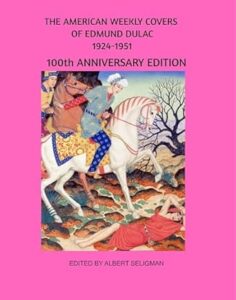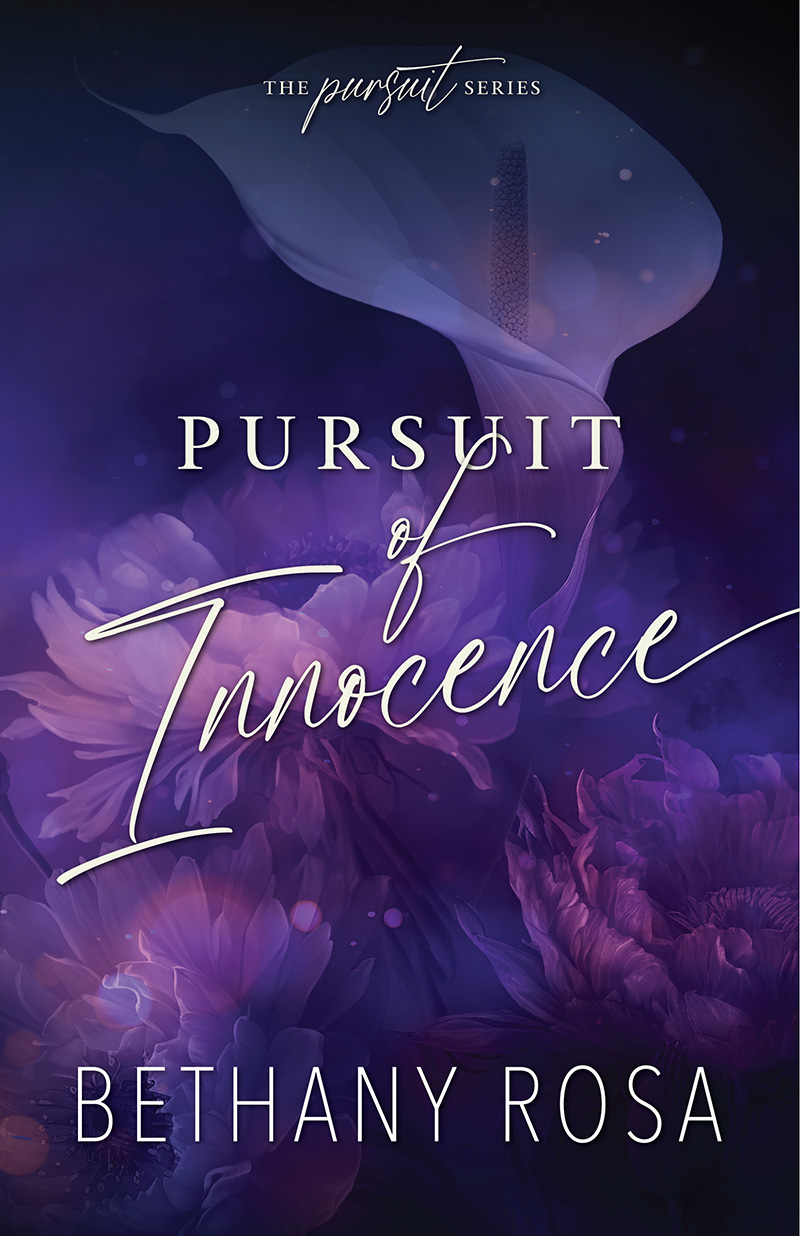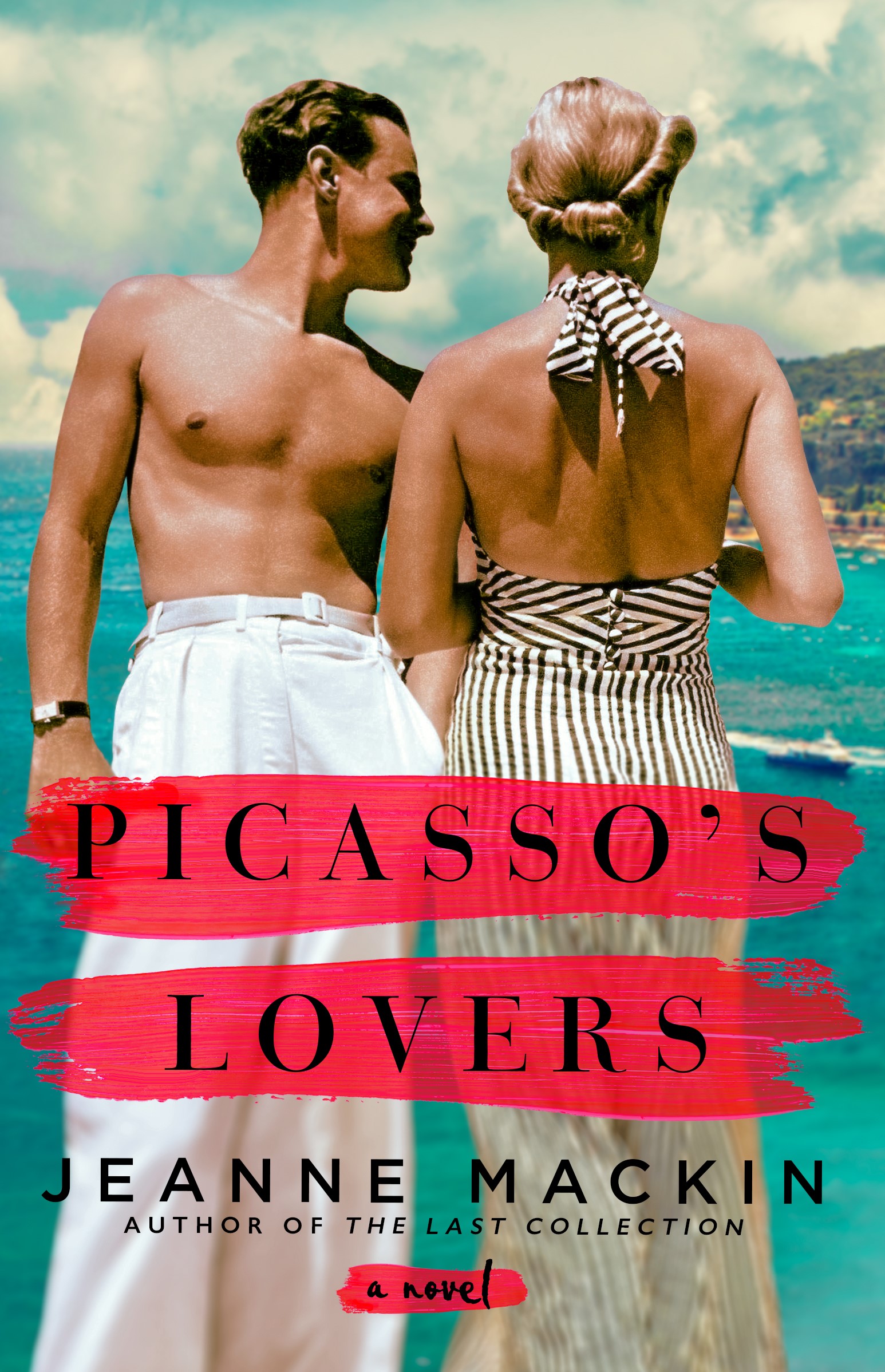The American Weekly Covers Of Edmund Dulac 1924-1951 by Albert Seligman
Publisher: Dulace Books
Genre: Non-Fiction, Sci-Fi/Fantasy, Inspirational, Historical
Rating: 5 Stars
Reviewed by AstilbeMuch has been written about Edmund Dulac’s mastery of art deco and design since his death in May of 1953. He was born in Toulouse, France in 1882 and was educated as a lawyer, although he rebelled and later studied art at the Ecole des Beaux Arts. He is best known as one of the giants of the ‘Golden Age of Illustration’ along with Arthur Rackham and Kay Nielsen. His beautiful watercolor book illustrations are still in print today, and the original first editions are scarce and highly valued.
Dulac emigrated to England from France in 1904 and he was in London at exactly the right time for the invention of color separation photographic reproduction. Prior to the color separation process printers relied on wood blocks or expensive and complicated chromo-lithography to include color illustrations in their books. Most illustrators (Arthur Rackham and W. Heath Robinson, for example) used line drawings to hold the difference in the color changes. Dulac was a watercolorist and this new technique allowed him to paint the colors just as he would normally, without bold lines defining his subjects. He received numerous commissions for the new ‘gift books’ with full color tipped-in plates mounted on heavy art paper. He began an arrangement with both Leicester Galleries and Hodder & Stoughton, the book publishers, to paint watercolors for their illustrated gift book editions which would be sold in the gallery exhibit once a year. He produced fifty oriental style drawings for The Arabian Nights in 1907, forty drawings for an edition of The Tempest in 1908, twenty watercolors, again in his now signature orientalism style, for The Rubaiyat of Omar Khayyam in 1909. Subsequent editions were The Sleeping Beauty and Other Fairy Tales in 1910, Stories from Hans Christian Andersen in 1911, and twenty-eight watercolors with dozens of line illustrations for The Bells and Other Poems byEdgar Allan Poe in 1912.
In 1923, “Edmund Dulac, the Distinguished English Artist,”as he was billed on the front covers, was contracted by the Hearst organization to paint watercolors for The American Weekly magazine, the Sunday supplement for the newspapers. The contract lasted nearly 30 years. Dulac painted 106 watercolors from 1924-1951 for thirteen different series for The American Weekly. Although these watercolors were highly praised at the time, their reproduction was only sporadic, with some appearing in The Illustrated London News over the years, and once in a 1936 picture book titled Gods and Mortals in Love.
The American Weekly illustrations in this book were photographed from the San Francisco Academy of Comic Art, which was owned and operated by Bill Blackbeard. After Bill’s passing in 2011, the entire collection was moved to The Billy Ireland Cartoon Library & Museum at Ohio State University.
This 100th anniversary edition contains all the series with some of his other illustrations. They have been restored as well as possible, as many of the front covers had deteriorated over the years. I have also published these illustrations in more detail in a series of six books, with the original captions. They are available as eBooks and will also be released as print editions.
These pieces of art are worth much more than a thousand words.
It’s not very common for Long and Short Reviews to receive requests to review such image-heavy works, so I leapt at the chance to get to know an artist I hadn’t heard of before and see examples of his watercolours. Many of them told a story, whether it was from the Bible, Greek mythology, The Arabian Nights, or some other famous source that most readers will probably be at least somewhat familiar with. There is nothing like seeing these tales come to light thanks to the magic of art, and I would have happily kept reading and gazing for many pages to come.
I enjoyed seeing how Edmund’s personal style evolved over the years as certain painting and sketching techniques became more or less popular depending on the era. I have basic knowledge of the various art movements of the twentieth century and was able to pick out a few of the biggest ones while taking note of his work. Readers who have deeper understandings of this slice of history will no doubt notice some things I missed! The beauty of collections like this one is how nicely they can adapt to people who approach them from a wide variety of perspectives.
Mr. Seligman’s summary of Edmund’s life and work in the beginning was thorough and educational. I appreciated how much effort he put into sharing the most important details of this artist’s life while keeping this section succinct, too. That’s not always easy to do when writing about topics one is passionate about, so kudos to the author for knowing where to draw the line.
The American Weekly Covers Of Edmund Dulac 1924-1951 was a beautiful peek into the past.


























Speak Your Mind